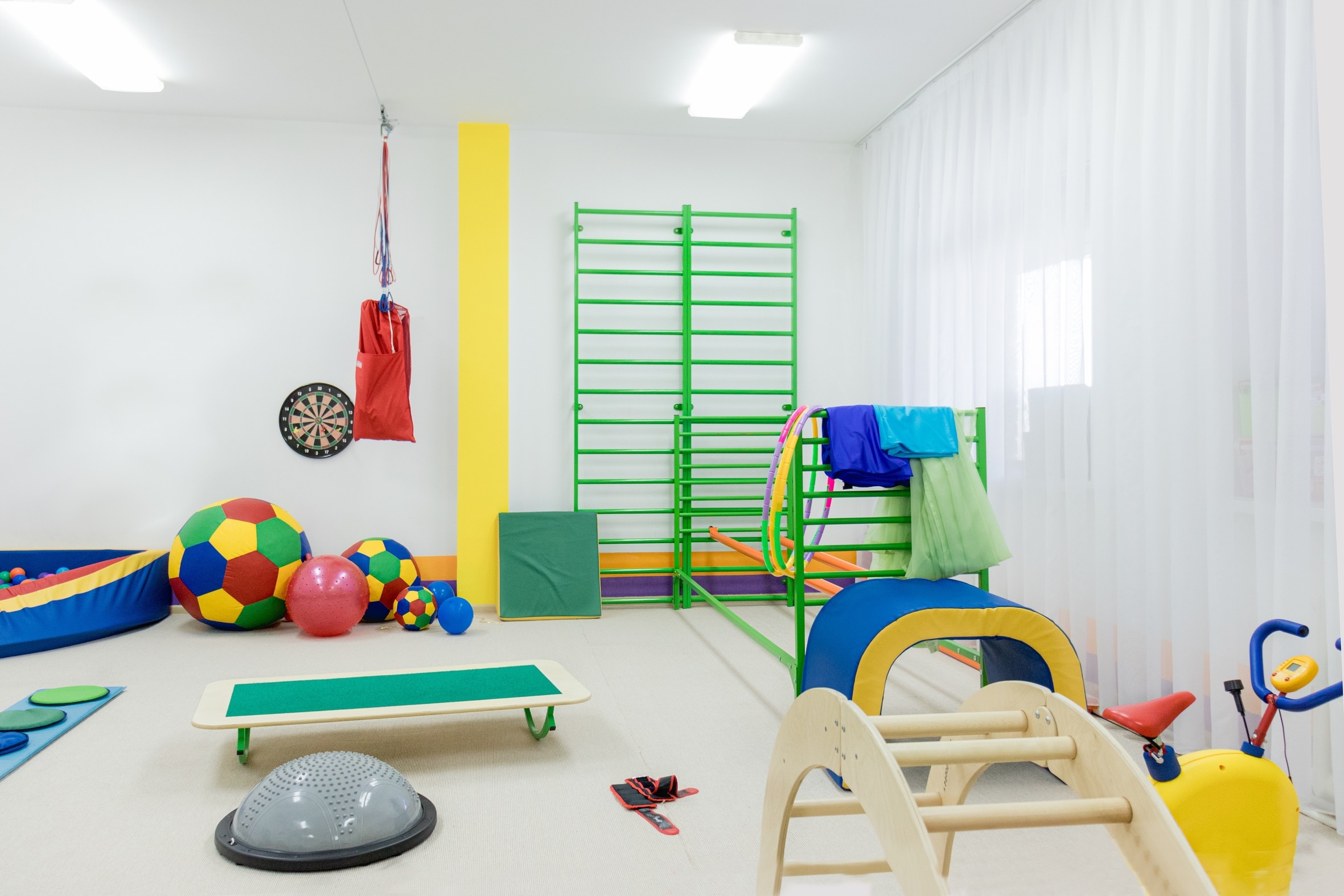What Are the Best Practices for Solar Panel Integration in UK Housing Developments?

As the global community continues to grapple with the challenge of climate change, the quest for clean, renewable energy sources becomes ever more crucial. One particularly promising technology is the humble solar panel. When integrated into building design, these panels can provide both heat and electricity, offering a practical and sustainable method for reducing carbon emissions. In this article, we will explore the best practices for integrating solar panels in UK housing developments, focusing on key areas such as building efficiency, cost-effectiveness, and environmental impact.
The Role of Solar Energy in Sustainable Construction
Before we delve into the specific methodologies of solar panel integration, it is important to understand the broader context of solar energy in sustainable construction.
Have you seen this : What Are the Tax Implications for Converting Commercial Properties to Residential Use in the UK?
Solar energy is a renewable power source that harnesses the sun’s rays to generate heat and electricity. It is clean, abundant, and increasingly cost-effective. The integration of solar panels into building systems is part of a wider trend towards ‘green’ construction, which seeks to minimise environmental impact and promote energy efficiency.
Solar panels can be installed on the roofs or walls of buildings, or even integrated into window systems. They capture sunlight and convert it into electricity, which can then be used to power household appliances, heating systems, and more. This not only reduces reliance on fossil fuels, but also lowers energy bills for residents – a win-win situation.
Also to see : How to Leverage the UK’s Help to Buy Scheme for Real Estate Investment?
Understanding Building Efficiency
In the realm of solar panel integration, building efficiency is king. This refers to the capacity of a building to minimise energy consumption and waste. An efficient building will require less heating and cooling, thus reducing the amount of energy required.
When integrating solar panels into a building, you should first evaluate the building’s overall energy efficiency. This could involve assessing insulation levels, checking for drafts, and reviewing the efficiency of existing heating and cooling systems. The more efficient a building is, the less energy it will require, and the smaller the solar system will need to be – thus reducing costs.
Another key aspect of building efficiency is orientation. Buildings should ideally be designed to maximise exposure to the sun, especially in winter months, to take full advantage of solar power.
Cost-Benefit Analysis and Cost-Effective Implementation
The cost of solar panel systems has plummeted in recent years, while the efficiency and longevity of the panels has greatly improved. However, it is still essential to conduct a detailed cost-benefit analysis before proceeding with integration.
The primary costs associated with solar panels are the initial purchasing and installation costs. However, these should be weighed against the long-term benefits, such as reduced energy bills and potential income from selling excess power back to the grid.
When it comes to implementation, economies of scale often apply. Large-scale housing developments may be able to negotiate discounts on solar panel systems, and installation costs may be lower per unit in larger projects.
Solar Panel Technology and Environmental Impact
The environmental benefits of solar energy are clear: it is a clean, renewable resource that reduces reliance on fossil fuels and lowers carbon emissions. However, the production of solar panels does have some environmental impact, so it’s important to choose a responsible manufacturer.
Solar panel technology is continually evolving, with newer panels offering improved efficiency and lifespan. It’s important to stay abreast of the latest developments to ensure you’re getting the best value and performance for your investment.
One emerging trend is the development of solar panels that can be integrated directly into building materials, such as windows or roof tiles. This could provide even greater opportunities for solar energy integration in the future.
Regulatory Compliance and Public Perception
Finally, any solar panel integration project must comply with local building regulations and planning permissions. In the UK, most domestic solar panel installations are considered ‘permitted development’, but it’s always best to check with your local planning authority.
Public perception is also a key consideration. Solar panels are generally well-received, but it’s important to communicate the benefits clearly to residents and neighbours. This includes not just the environmental benefits, but also the financial savings and potential increase in property values.
In conclusion, integrating solar energy into UK housing developments requires careful planning and execution. By focusing on building efficiency, cost-effectiveness, technological advancements, environmental impact, and regulatory compliance, it is possible to create housing developments that not only reduce carbon emissions, but also offer a range of benefits for residents.
The Cruciality of Solar Energy in the Built Environment
The integration of solar energy in the built environment is a growing trend globally, and the UK is no exception. The built environment refers to man-made surroundings that provide the setting for human activity, ranging from the large-scale civic surroundings to the personal places. This includes structures, spaces, and products that are created or modified by people. It includes homes, schools, workplaces, parks/recreation areas, greenways, business areas, and transportation systems.
When it comes to incorporating solar panels in the built environment, the key is to design and construct buildings that are capable of harnessing the maximum amount of sunlight while minimising energy consumption and waste. This means considering factors like the building’s orientation, insulation, and even the type of windows used.
Solar integration must be carefully planned from the beginning of a development project. Designers, architects, and builders must all work together to ensure that solar panels are integrated seamlessly into the building’s design, without compromising on aesthetics or functionality.
Moreover, integrating solar energy in the built environment is not just about harnessing power from the sun. It’s also about creating a sustainable living environment that enhances the quality of life for residents, reduces energy costs, and contributes to the fight against climate change.
Advancements in Solar Technology and Sustainable Development
The landscape of solar technology is continually evolving. Over the years, advancements in solar technology have led to the production of more efficient and cost-effective solar panels. One of the key developments in recent times has been the emergence of photovoltaic (PV) technology. PV panels generate electricity directly from sunlight, and they are fast becoming a common feature on the roofs of homes and businesses around the UK.
Keeping up with these technological advancements is crucial to maximise the benefits of solar integration in housing developments. For instance, using PV panels instead of older, less efficient solar panels can significantly increase the amount of electricity generated by a building, reducing its reliance on traditional energy sources and lowering energy bills for residents.
Sustainable development is another important consideration. This involves designing and constructing buildings that are not only energy-efficient but also environmentally friendly. This means using sustainable materials where possible, minimising waste during construction, and considering the long-term environmental impact of the development.
In addition, solar integration can play a key role in achieving net zero energy buildings – a building standard which is gaining traction globally. Net zero energy buildings are highly energy-efficient buildings that generate on-site, or nearby, the amount of renewable energy that they consume annually.
Conclusion: The Future of Solar Integration in UK Housing Development
The integration of solar energy in UK housing developments offers a wealth of possibilities. By focusing on building efficiency, cost-effective implementation, technological advancements, and sustainable development, we can create housing environments that are not only beautiful and comfortable to live in, but also kind to our planet.
As the costs of solar panels continue to fall and the efficiency of solar technology improves, it becomes more feasible to integrate these renewable energy sources into new and existing homes. This trend, coupled with growing public awareness of the benefits of renewable energy, suggests that the future is bright for solar integration in UK housing developments.
However, it is essential that these developments are carefully planned and executed, with the best interests of residents and the environment at heart. By doing so, we can help to combat climate change, reduce energy consumption, and create a more sustainable future for all.
Properly integrated solar panels can transform the built environment into a hub of renewable energy, harnessing the power of the sun to create a cleaner, greener future. As solar technology continues to advance and become more accessible, there’s no doubt that solar integration will play an increasingly important role in UK housing developments.
